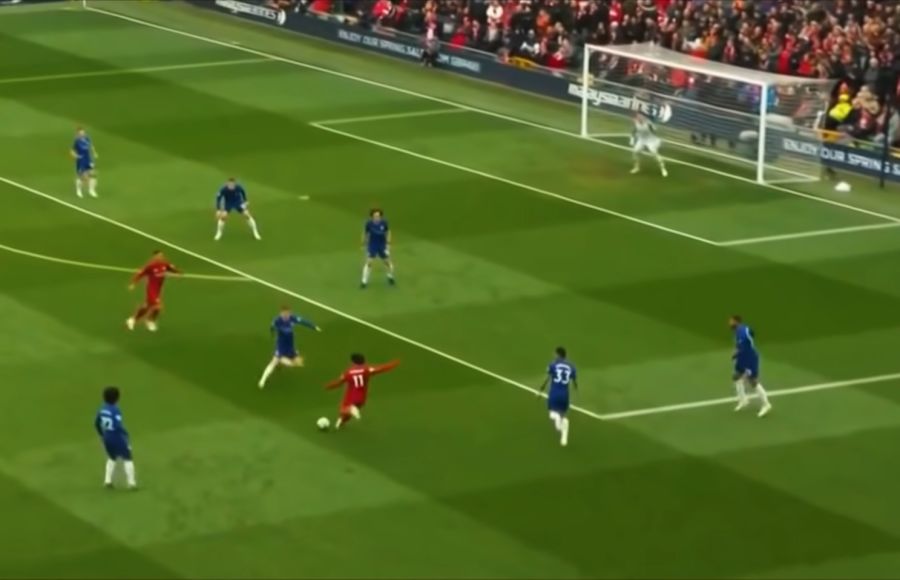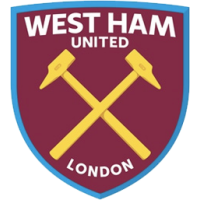While some people are still taking time to get their heads around Expected Goals, the analytics community are pushing onward to the next development.
Post-Shot Expected Goals (or Expected Goals on Target, to use Opta's definition) makes the distinction from Expected Goals in one very clear way.
A robust Expected Goals model takes the shot position, the angle of the shot in reference to the goal, whether the effort was a header or a shot (headers are, notoriously, scored less) and whether there are defenders between the player and the goal. These models are based upon tens of thousands of shots gathered over an extensive period of time.
This provides a valuation for every shot based on the historical precedent of the likelihood of shots from that position and those variables remaining true.
But what Expected Goals doesn't do is establish what happens to the shot when the ball has left the player's foot. What Post-Shot Expected Goals does is take the shot quality (ie what would be an xG high-tariff chance) and combine it with what actually happened - the destiny of the shot.
GIVE ME AN EXAMPLE

Here's Mohamed Salah against Chelsea from 2018/19. From the position of this shot and the angle towards goal, plus the player closing, the xG for this chance would be around 0.02, meaning one in every 50 shots from this position, you could expect to go in.
But once the ball leaves Salah's foot, it's not trickling into Kepa's arms, nor is it going into the stand. It's heading directly into the top corner of the net. Therefore the Post-Shot Expected Goals on this effort is likely to be much closer to 0.55, or 0.60 - because the shot is going into a position of the goal where, more often than not, shots go in.
WHY DO WE HAVE THIS?
It's a step forward for two reasons.
Firstly, we can more easily identify how proficient a forward is at shooting.
At the moment if a player is exceeding his Expected Goals, it is generally regarded that his number will return to the expected total over time - and this is generally the case.
But with Post-Shot Expected Goals (PSxG) we can then compare that number with Expected Goals and assess the quality of a players finishing. if a player's PSxG exceeds their xG it means that their shooting is better and more accurate than their shooting position would suggest.
But it is also useful for assessing goalkeepers and it should be obvious why. If just using Expected Goals to assess a goalkeeper it doesn't take into account whether the shot even hit the target at all. It also doesn't consider whether a shot from a high xG tariff position was smashed into the corner, or was scuffed into the keeper's arms.
Post-Shot Expected Goals, therefore, looks at the likelihood of the goalkeeper in question saving a shot based on the PSxG of where the shot ended up. Clearly this is much more beneficial is assessing a goalkeeper's shot-stopping ability.
PSxG puts the goalkeeper on the spot; it sidelines clean sheets, or saves P90, or save percentages, because those could be as a result of a solid defence in front of them. with PSxG, however, it's on the keepers to save the shots. And this will likely become a more naturally-used statistic for goalkeepers in the years to come.

 Man Utd
Man Utd  Liverpool
Liverpool  Chelsea
Chelsea  Arsenal
Arsenal 























